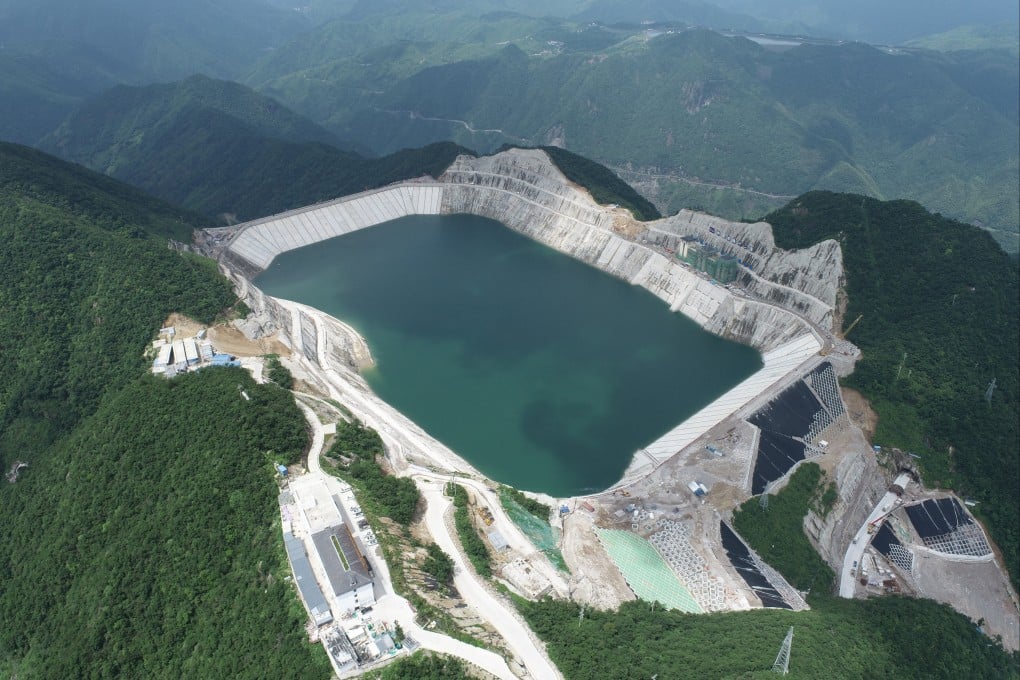Advertisement
China breaks ground on major project that could boost renewable energy production in Gobi Desert
- It will be the first pumped storage hydropower station in Qinghai, home to the highest installed clean energy capacity in China
- The facility is part of a series of projects in the northwestern province aimed at improving the reliability of the power grid
Reading Time:2 minutes
Why you can trust SCMP
7

Work has started on an electricity project in northwestern China that could significantly boost renewable energy production in the Gobi Desert and Tibetan Plateau, according to the National Energy Administration (NEA).
Construction got under way on Sunday on the region’s biggest pumped storage power station in the province of Qinghai, a hydropower project that is expected to have a maximum installed capacity of 2.8 gigawatts (GW) once it is up and running.
The station will have two reservoirs and act like a giant battery, releasing water from a higher reservoir to generate electricity when demand is high and pumping water back up using other renewable sources when demand is low.
It will be located in Guinan county in the east of Qinghai and will use the Laxiwa reservoir on the Yellow River as its lower reservoir.
The Qinghai Warang power station will be operated by the State Grid Corporation, a state-owned electric company, and is part of a series of projects in the province aimed at improving the reliability of the power grid, according to state news agency Xinhua.
Qinghai has the highest installed renewable energy capacity of any Chinese province. Its power grid is composed of 28 per cent hydropower while combined solar and wind power account for 63 per cent. By 2030, it is estimated that the province will exceed 100GW of wind and solar power, three and a half times the existing installed capacity.
Advertisement